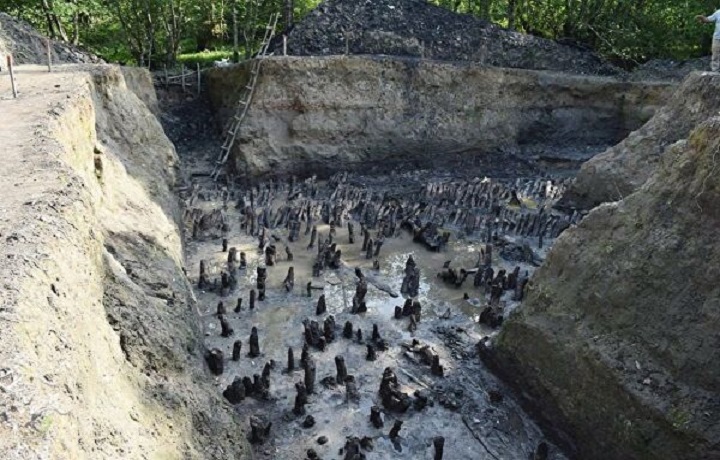Tabakoni settlement (Region of Samegrelo)
Tabakoni settlement (Georg. ტაბაკონის ნამოსახლარი). Traces of a settlement from the era of the Colchis culture were found on Tabakoni Hill. The Colchis culture (archaeological culture on the territory of Western Georgia) belongs to the Late Bronze and Early Iron Ages, approximately dating from the period from the 16th to the 7th centuries. BC e. During archaeological excavations in Tabakoni, three cultural layers were discovered. As usual, artificial hills were built in swampy areas. First, these hills were cultivated, and then layer upon layer were built throughout history.
The general chronology of the monument contains the period from the Middle Ages of the third millennium BC to the present. e. to early antiquity (2500 BC – VI-V centuries BC). According to the researchers, the discovered monument is the main settlement and was located on a protruding piece of land. Hence its Megrelian name “Tabakoni Dikhagudzuba” comes from, which means – the land hanging on a hill. The researchers suggest that the settlement, located in a swampy area, was surrounded by a canal that connected with other similar types of settlements.





Comments